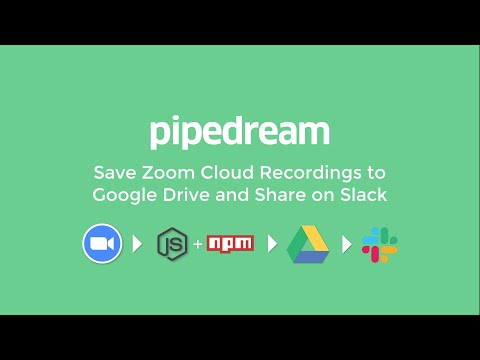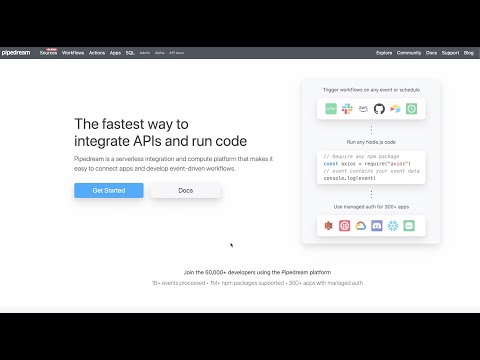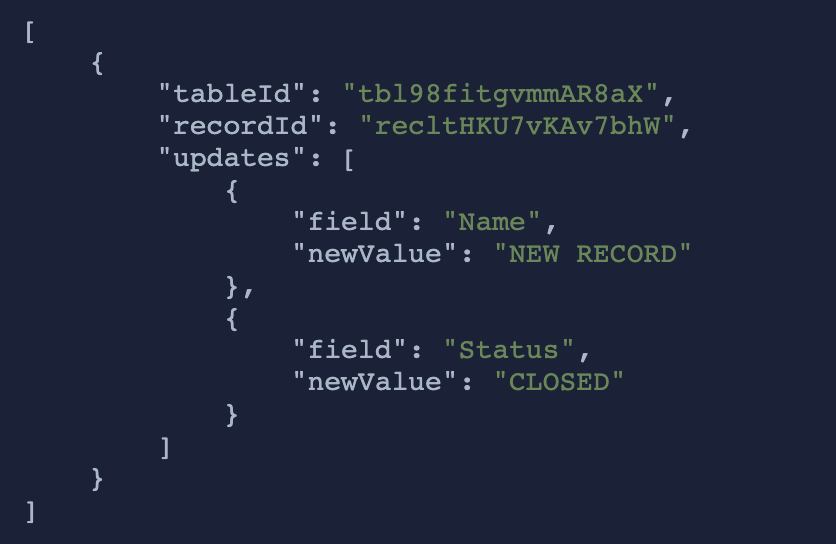What do you want to automate
with BitBucket and Slack?
Prompt, edit and deploy AI agents that connect to BitBucket, Slack and 2,800+ other apps in seconds.
Trusted by 1,000,000+ developers from startups to Fortune 500 companies
Popular Ways to Connect BitBucket with Slack#
Popular BitBucket and Slack Triggers#
Emit new event when a new commit is pushed to a branch. See docs here
Emit new event when a new message is posted to one or more channels
Emit new event when a new pull request is created in a repository. See docs here
Emit new event when a new branch is created. See docs here
Emit new event when a commit receives a comment. See docs here
Popular BitBucket and Slack Actions#
Send a message to a public or private channel. See the documentation
Send a message to a user, group, private channel or public channel. See the documentation
Configure custom blocks and send to a channel, group, or user. See the documentation
Overview of BitBucket#
The BitBucket API taps the potential of BitBucket's Git-based version control system, enabling you to automate workflows around code commits, pull requests, and overall repository management. With this API, you can streamline the collaboration process, enforce coding standards, or integrate with other tools to create a cohesive development ecosystem. Pipedream, as a serverless integration and compute platform, provides a seamless environment to connect BitBucket with various apps and services, enabling you to harness its API for efficient, customized automations.
Connect BitBucket#
import { axios } from "@pipedream/platform"
export default defineComponent({
props: {
bitbucket: {
type: "app",
app: "bitbucket",
}
},
async run({steps, $}) {
return await axios($, {
url: `https://api.bitbucket.org/2.0/user`,
headers: {
Authorization: `Bearer ${this.bitbucket.$auth.oauth_access_token}`,
},
})
},
})
Overview of Slack#
The Pipedream app for Slack enables you to build event-driven workflows that interact with the Slack API. Once you authorize the app's access to your workspace, you can use Pipedream workflows to perform common Slack actions or write your own code against the Slack API.
The Pipedream app for Slack is not a typical app. You don't interact with it directly as a bot, and it doesn't add custom functionality to your workspace out of the box. It makes it easier to automate anything you'd typically use the Slack API for, using Pipedream workflows.
- Automate posting updates to your team channels
- Create a bot to answer common questions
- Integrate with your existing tools and services
- And much more!
Connect Slack#
import { axios } from "@pipedream/platform"
export default defineComponent({
props: {
slack: {
type: "app",
app: "slack",
}
},
async run({steps, $}) {
return await axios($, {
url: `https://slack.com/api/users.profile.get`,
headers: {
Authorization: `Bearer ${this.slack.$auth.oauth_access_token}`,
},
})
},
})
Related Videos#


Community Posts#
